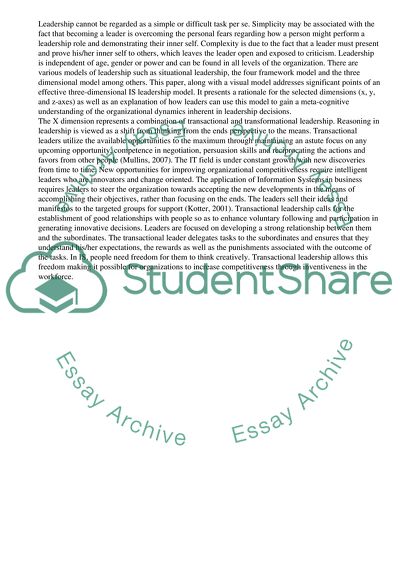Cite this document
(The Three Dimensional Leadership Model Coursework, n.d.)
The Three Dimensional Leadership Model Coursework. Retrieved from https://studentshare.org/management/1739003-w7-model
The Three Dimensional Leadership Model Coursework. Retrieved from https://studentshare.org/management/1739003-w7-model
(The Three Dimensional Leadership Model Coursework)
The Three Dimensional Leadership Model Coursework. https://studentshare.org/management/1739003-w7-model.
The Three Dimensional Leadership Model Coursework. https://studentshare.org/management/1739003-w7-model.
“The Three Dimensional Leadership Model Coursework”, n.d. https://studentshare.org/management/1739003-w7-model.


